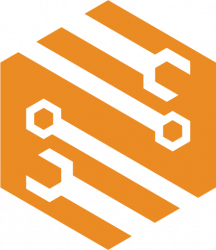Last week, the ceiling was fireproofed, and now the walls are getting framed with galvanized steel studs. At the same time, electrical contractors are roughing in the outlets and wiring in the ceiling, and the HVAC people are hanging ducts from the ceiling. Most of the ducting, plumbing, and wiring will be sandwiched in between the fireproof ceiling and a lower soundproof ceiling that will be installed in a few weeks.
The basic infrastructure schedule has slipped about a week, so we’re now expecting walls, electricity, plumbing, heating, and such to be done on September 26.
Our big furniture order has been placed; we’re expecting some to show up in September, but the big set of work tables is scheduled for approximately October 16.
We’ll be having our first public event for Parents and Family Weekend on October 19-20. We might not have many tools up and running by then, but the doors will be open!









